“My drawing, as I said, is prescient of my own oeuvre.”
Cildo Meireles interviewed by Frederico Morais
As rightly noted by art critic Frederico Morais, over Cildo Meireles’ career there have been only a few solo exhibitions with drawings: at Museu de Arte Moderna da Bahia in 1967, at Pinacoteca do Estado de São Paulo in 1978, at Paço Imperial do Rio de Janeiro in 1998, and, finally, the large retrospective curated by the critic himself at Centro Cultural Banco do Brasil in Rio de Janeiro in 2005. And this was almost 20 years ago. It is noteworthy that throughout his entire career, with the exception of a 5-year break between 1968 and 1973, Cildo has always been a compulsive – and often wild – draftsman. The artist explores both the line and high intensity chromatic fields, including in his most well-known drawings, which are projects for more complex works and are typically shown in large exhibitions of his installations. For many of those who have been observing his career, it might almost seem that there are two Cildos, or at least a crossroad in his work: the most visible one, with his large-scale installations and his regularly revisited so-called conceptual projects, and the other, an expressionist, portrait artist, a social commentator on Brazil in the 1970s and 1980s, or in his own words: “There was a point at which my drawing was suffering, as if it was the work of a political or police reporter… there was all that juvenile adrenalin. If I didn’t draw, I would probably have had more pimples. It was something biological, also cathartic.”
Even though it is correct to argue that there is an anti-image element in Cildo’s practice that emerged simultaneously to the conceptual art boom that took over the international art scene – of which the most obvious examples are the Insertions into Ideological Circuits, which, not by chance, are contemporary to the 5-year break from drawing – something which is rarely observed in Cildo’s practice is the constant image power of almost all his installations. These are often near transmutations from the two-dimensional to the three-dimensional field, which is not surprising, given that Cildo is part of a post-neo-concrete generation, a movement that also changed the status of the image in the 1960s. For example, Red Shift 1: Impregnation, 1967-1984, perhaps his most iconic work, is an inaugural piece and, at the same time, the most striking example of an image-synthesis that brings together, on the one hand, the realist image of the mundane comforts of the White middle class that was ascending in Brazil in the 1970s, and, on the other hand, the dream, an oneiric place of vigil with strong erotic and death connotations. However, other large installations can also be seen through the prism of the creation of universal images, with a strong subjective appeal from the artist. Installations such as Babel, Volatile and Marulho are all realist images made from simple and mundane materials, whose attention to the rooms’ highly controlled lighting is a tool for reaching not only experience but also visuality.
Cildo Meireles: In the Kingdom of Fuck (1964 – 1987) opens with a drawing from 1964, when the artist was only 16 years old. It already contains, almost presciently, the seed of all the urgency that would appear in his future drawings. Impacted by the political events of that year, which culminated in the military coup, the drawing on paper, with India ink, Merthiolate and pigment egg white, already introduces a sophisticated artist able to handle materials and present the image-synthesis of a situation – in this case, fear. The drawing features two somber heads with large foreheads reminiscent of army helmets.
In the following year, Cildo produced the nine drawings, of which two are exhibited here, that received the title of In the Kingdom of Fuck. Strongly inspired by the writer Henry Miller, Cildo “managed to fill the gaps at the beginning and end of the chapters in Tropic of Cancer and Tropic of Capricorn, with drawing”, as noted by Frederico Morais. Below, I have reproduced excerpts from Tropic of Cancer, which were selected by Morais to evoke several of the references used by the artist:
“She’d steal down like that in the dark, soon as she smelled me there alone and plastered her cunt all over me. It was an enormous cunt, too, when I think back on it. A dark subterranean labyrinth fitted out with divans and cozy corners and rubber teeth and syringes and soft nestles and eiderdown and mulberry leaves. I used to nose in it like the solitary worm and bury myself in a little cranny where it was absolutely silent, and so soft and restful that I lay like a dolphin on the oyster-banks […] Sometimes it was like riding the shoot-the-shoots, a steep plunge and then a spray of tingling sea-crabs, the bulrushes swaying feverishly and the gills of tiny fishes lapping against me like harmonica stops. In the immense black grotto there was a silk-and-soap organ playing a predaceous black music. When she pitched herself high, when she turned the juice on full, it made a violaceous purple, a deep mulberry stain like twilight… […] And now I’m on the same bed and the light that’s in me refuses to be extinguished […] I am alone in the Land of Fuck… the realm of the super-cunt.”
These two poles, the social-political and the erotic, seem to have already been established as themes that would dominate a major part of Cildo’s future practice, at times tending towards one and at other times towards the other, but in several drawings they share the same space. Over the years, Cildo created all sorts of characters, but also moved away from representations that contested the Euclidean space, in his famous Cantos, and also tenuous representations of nature as wood, flora and fauna. In some ways, the artist invented and gave visibility to a feeling of Brazil through representations of fear, violence, sex, fantasy and urban and social transformations. And, as Cildo himself said in the statement that gives title to this text, perhaps we should be looking at the “prescient” rather than the “project” in his drawings.
A very well-known characteristic is Cildo Meireles’ ability to tell stories, reminiscences, memories that have marked him and that often appear to explain the origins of his work. In a very gentle way, Cildo spends a lot of his time with conversations that take us to new places or dimensions, new possibilities of meanings and readings of his works. Sometimes I think of them as parables, and even if they are not true, I don’t think it matters. Perhaps it would be even better if they weren’t. As such, I always think of a story that seems to describe well the fork in the road where the young artist was when his work began to gain weight.
In 1968 or 1969, the Rio-based Romanian collector and dealer Jean Boghici bought Canto. I think it was the first work Cildo sold in his life. At only 18, and very shy, Cildo went to the collector’s house to deliver the work. He was already a legend in the city. The artist rang the bell and Jean opened the door speaking into one of those old-fashioned long-wired phones that allowed you to walk around the house whilst talking. Jean signaled the artist to come in and pointed to a living room where Cildo could wait for a few minutes. Young Cildo, obviously nervous, sat on the sofa, when he noticed, on the other side of the room, on a table, one of Lygia Clark’s Creatures. He knew the work well, but he had never seen one in the flesh, let alone touched one. Moved by the unexpected encounter with the work of an artist he admired, he walked towards it with the intention of touching and moving the pieces, changing the configuration, but when he was about to reach and touch the object, Jean appeared at the door – still on the phone – and made an annoyed gesture with his hands as if angry about seeing the young artist touching the artwork. Cildo got a fright and it was then that Jean Boghici pointed to the floor. He was upset because the artist, when trying to reach Lygia Clark’s Creature, had walked over a Portinari that was stretched on the floor.
I don’t really know if this story is real, but for me it has always been a precise description of a fortuitous encounter between three generations of artists, highlighting the contradictions that affected the youngest of them. Until today, I find it difficult to look at a work by Cildo without thinking that, since the beginning, he was already entangling the threads of the already moribund Brazilian modernism and neo-concretism as a way of creating his own drawings.
[Ricardo Sardenbeg]


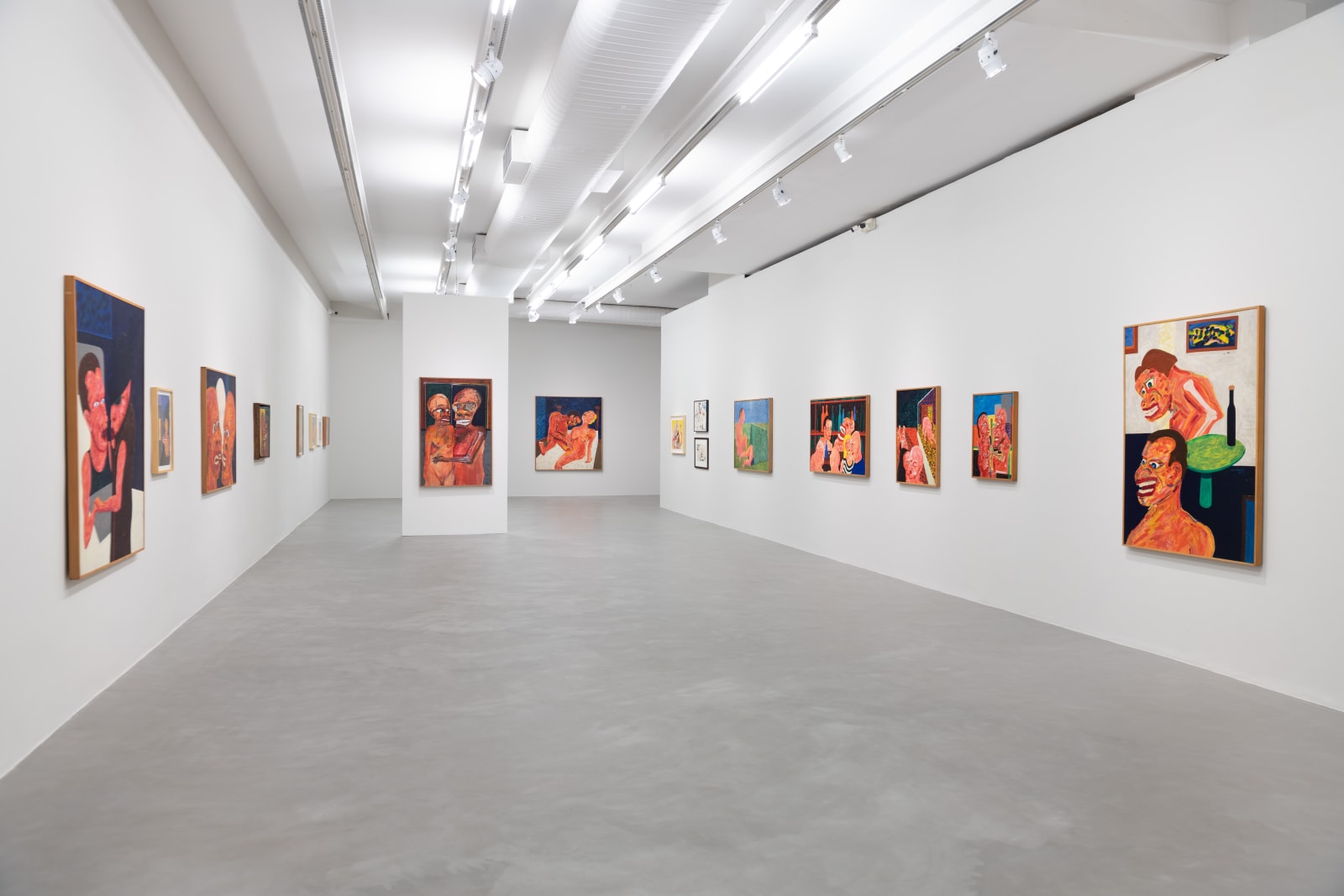

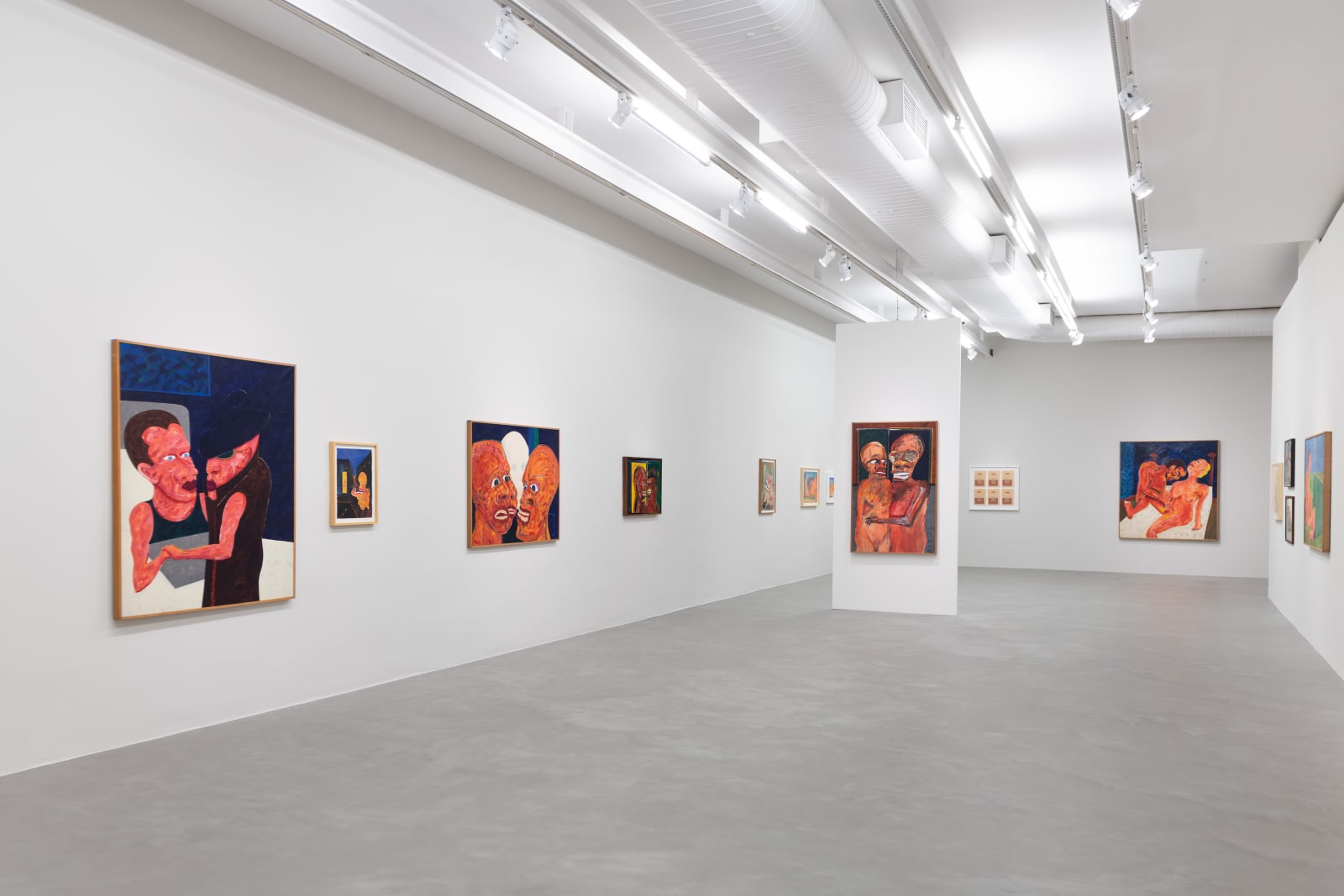
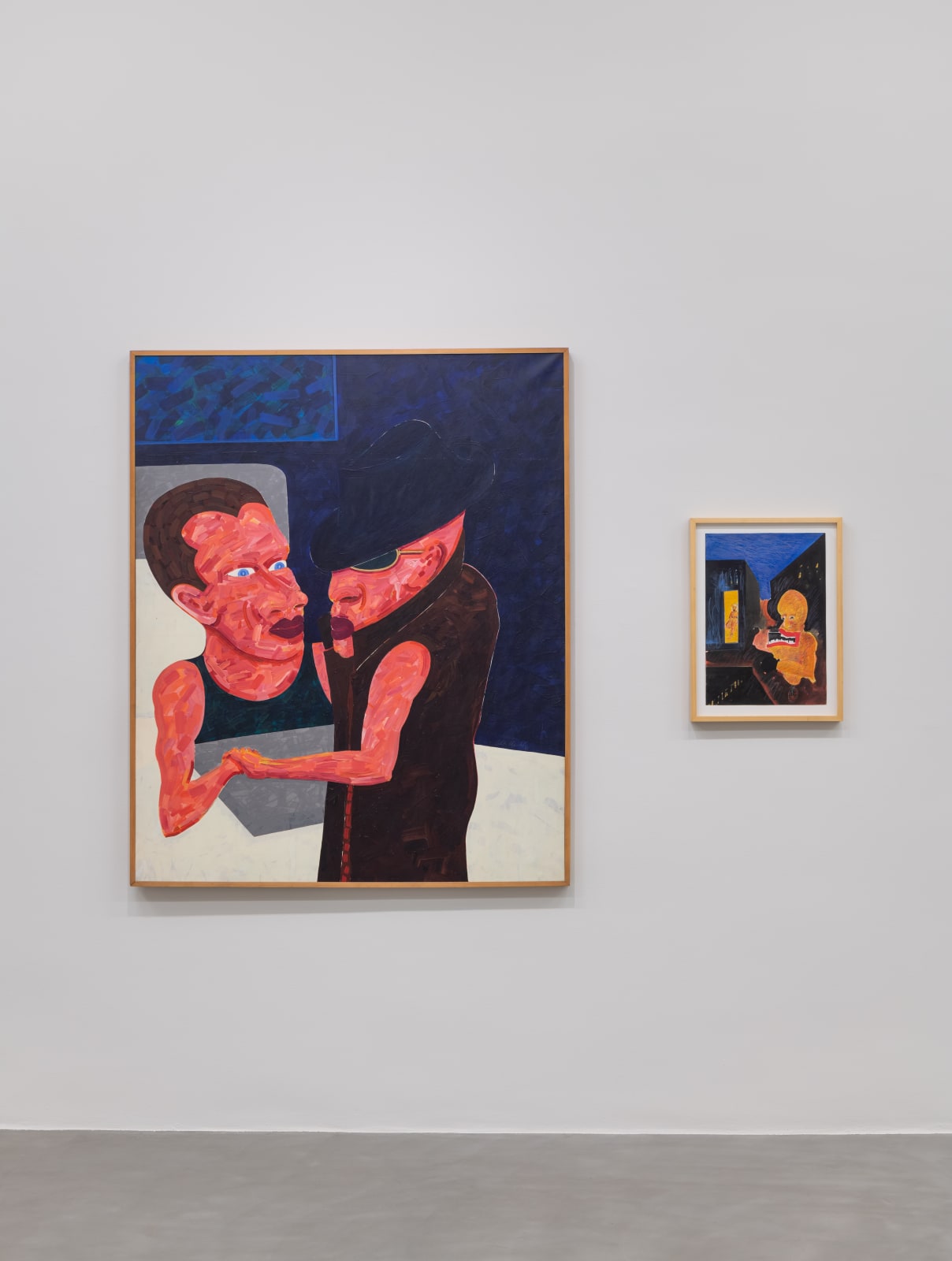

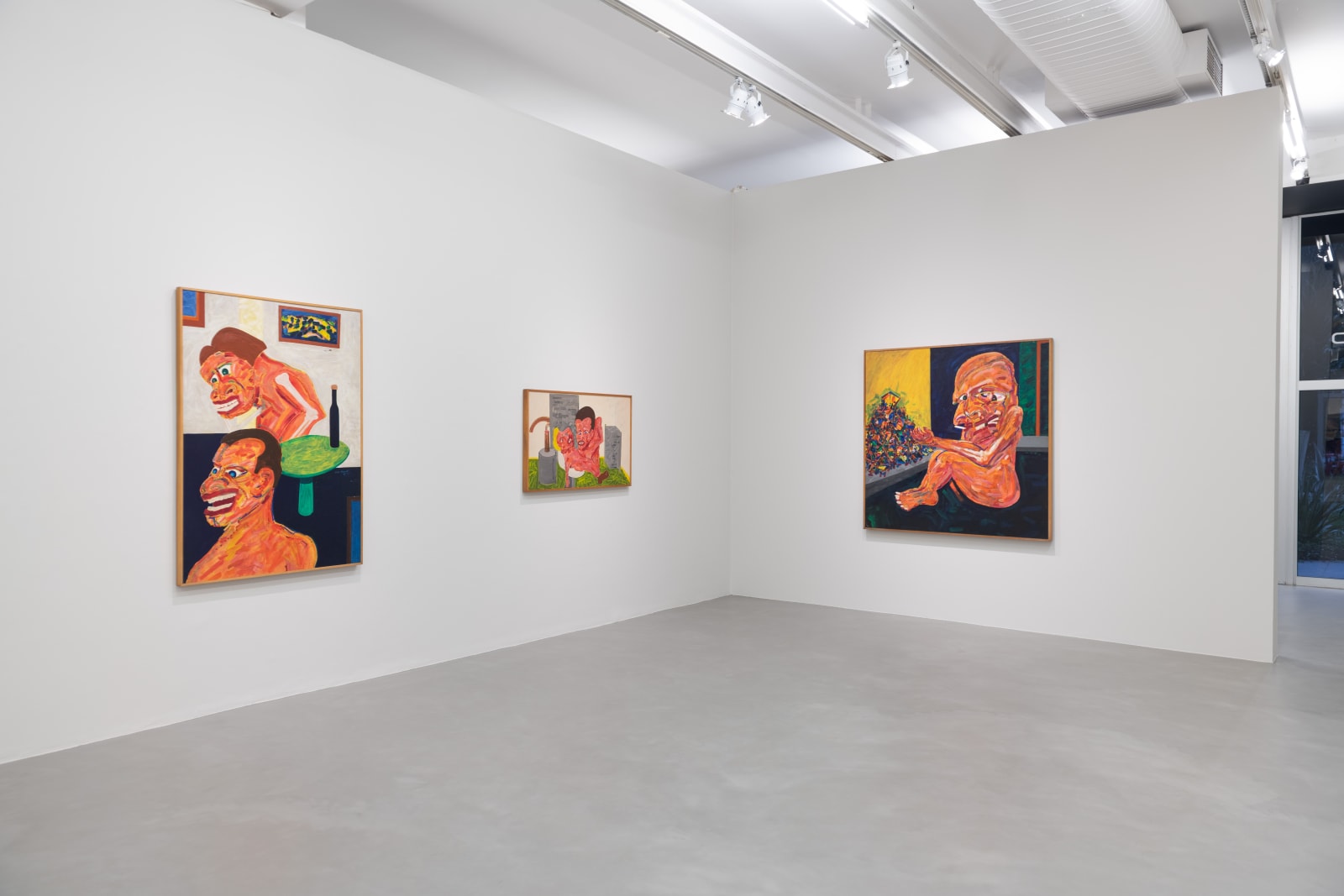
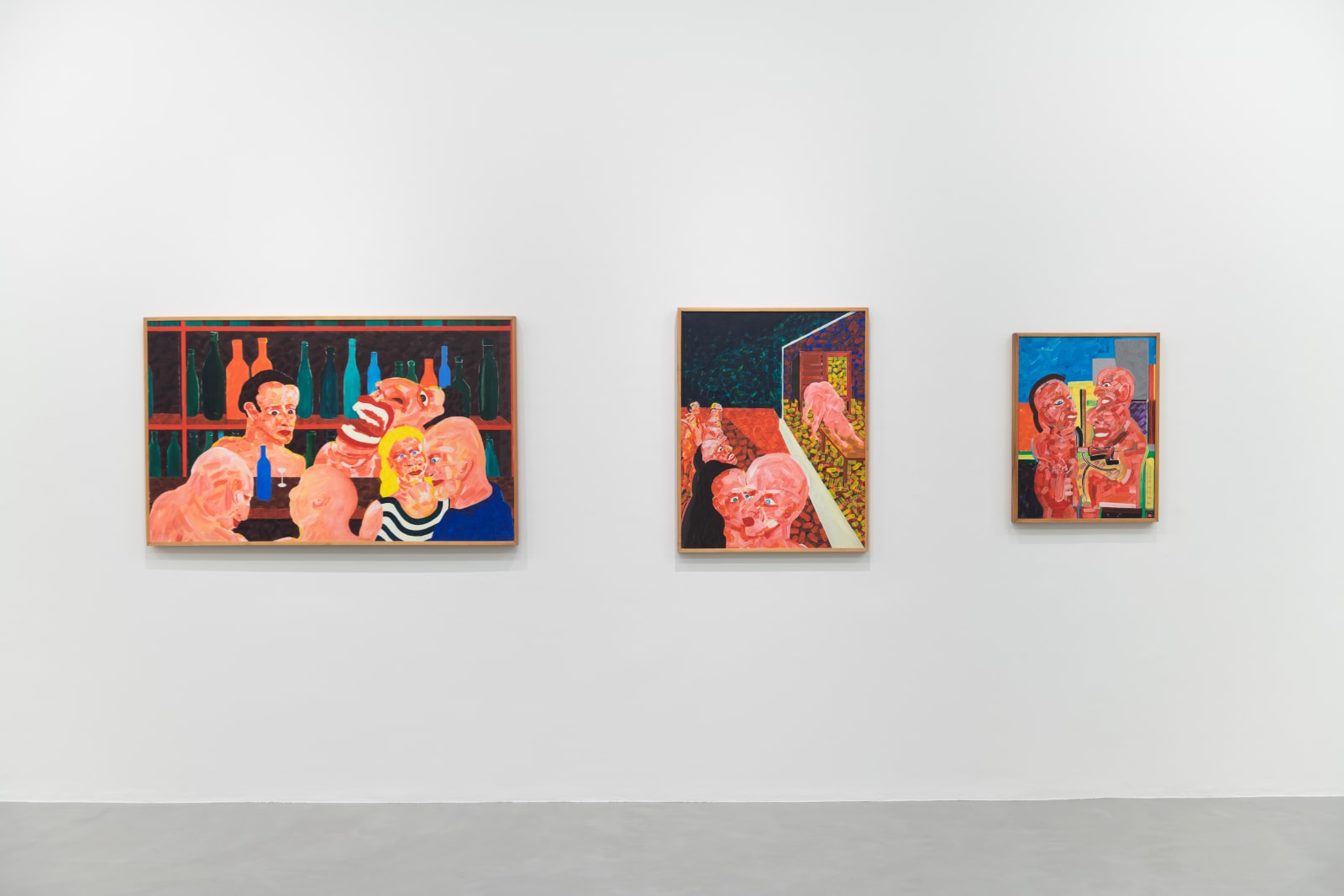
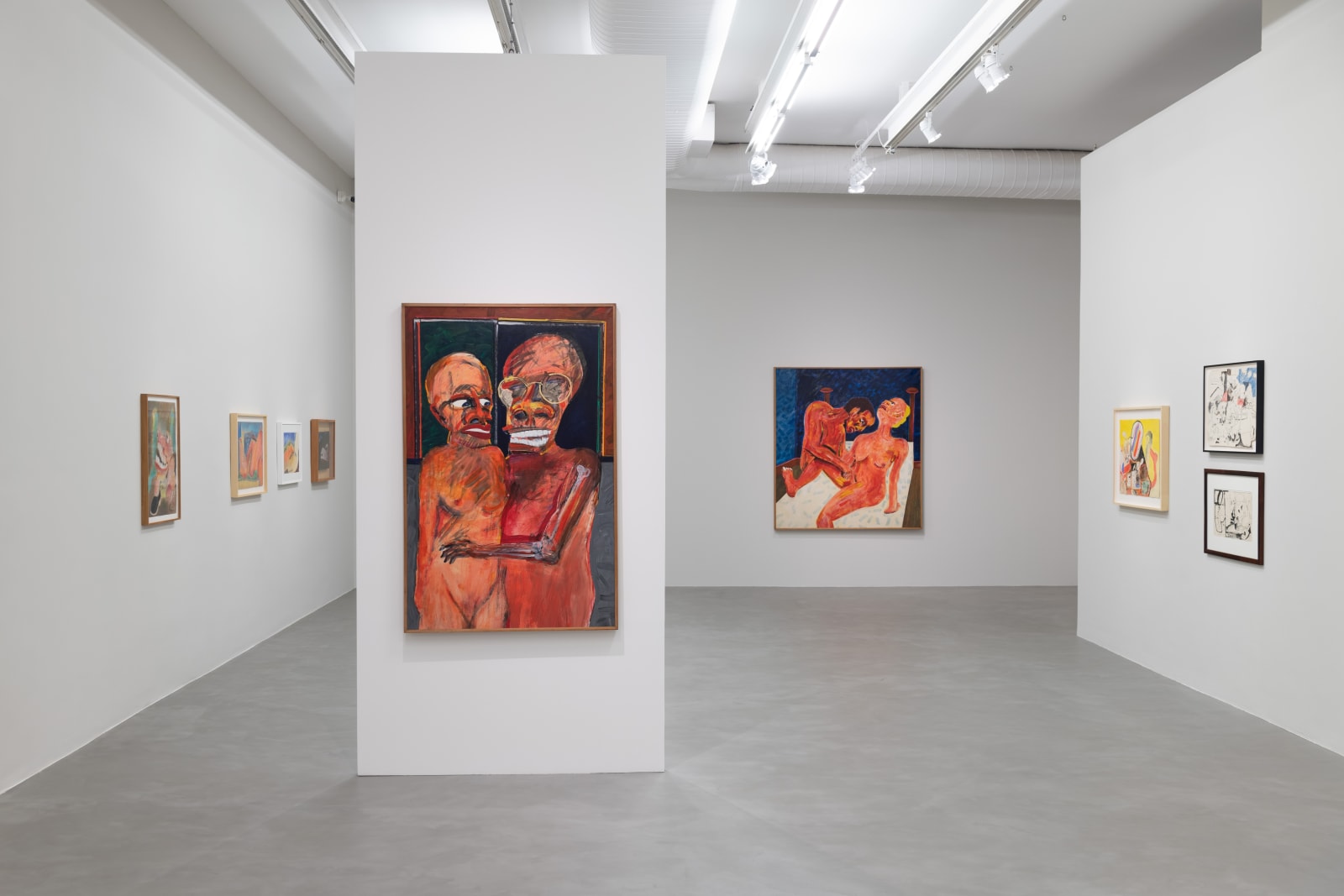


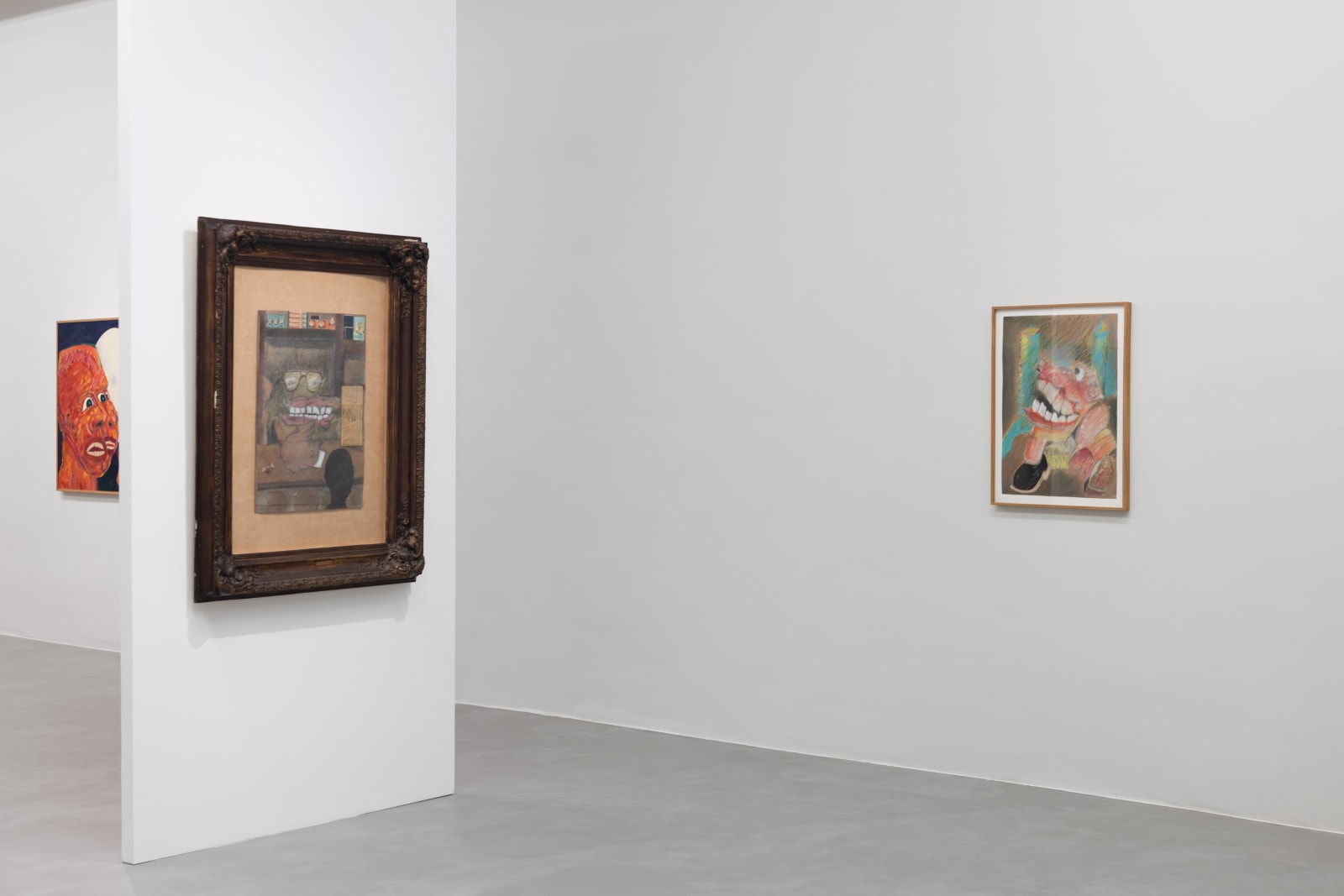




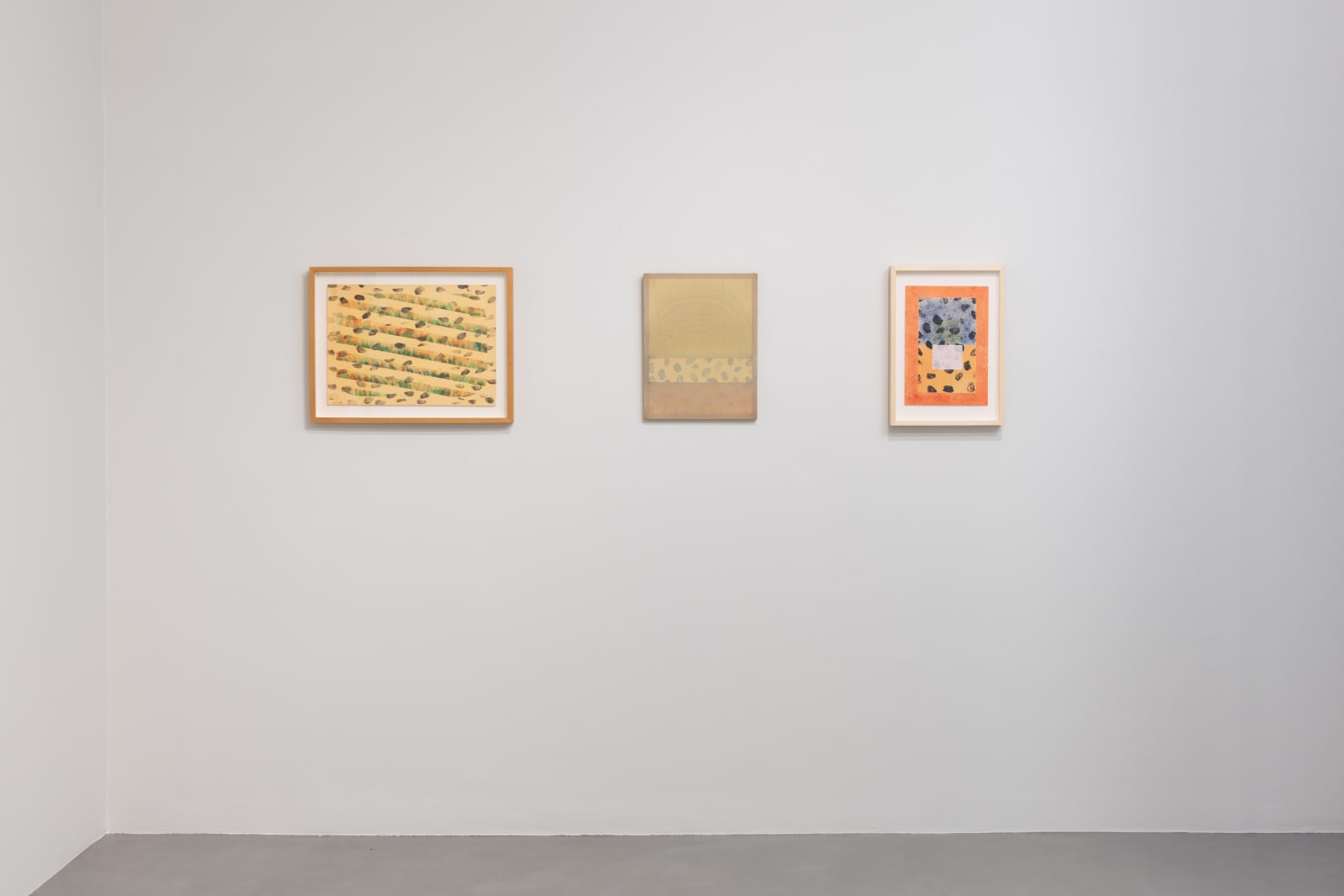







![Cildo Meireles, Sem título [Untitled] , 1966](https://artlogic-res.cloudinary.com/w_600,c_limit,f_auto,fl_lossy,q_auto/artlogicstorage/galerialuisastrina/images/view/0ffff8c6a35101463ea0666d688d2eb6j/luisastrina-cildo-meireles-sem-t-tulo-untitled-1966.jpg)


![Cildo Meireles, Sem título [Untitled] , 1973](https://artlogic-res.cloudinary.com/w_600,c_limit,f_auto,fl_lossy,q_auto/artlogicstorage/galerialuisastrina/images/view/bd579cddbc8338a6c2c4d846be1055b6j/luisastrina-cildo-meireles-sem-t-tulo-untitled-1973.jpg)
![Cildo Meireles, sem título [untitled] , 1973](https://artlogic-res.cloudinary.com/w_600,c_limit,f_auto,fl_lossy,q_auto/artlogicstorage/galerialuisastrina/images/view/9ba8b1a1fbefccdce92cd6a6dcf43942j/luisastrina-cildo-meireles-sem-t-tulo-untitled-1973.jpg)
![Cildo Meireles, sem título [untitled] , 1973](https://artlogic-res.cloudinary.com/w_600,c_limit,f_auto,fl_lossy,q_auto/artlogicstorage/galerialuisastrina/images/view/ab3f747ac9a45ffd0031869f697914d6j/luisastrina-cildo-meireles-sem-t-tulo-untitled-1973.jpg)


![Cildo Meireles, Sem título [Untitled] , 1974](https://artlogic-res.cloudinary.com/w_600,c_limit,f_auto,fl_lossy,q_auto/artlogicstorage/galerialuisastrina/images/view/010a2aa1896cb163a113255c921d35f6j/luisastrina-cildo-meireles-sem-t-tulo-untitled-1974.jpg)





![Cildo Meireles, Sem título [Untitled], da série [from the series] Brasília, 1977](https://artlogic-res.cloudinary.com/w_600,c_limit,f_auto,fl_lossy,q_auto/artlogicstorage/galerialuisastrina/images/view/9a3e5e3be4966150996ed7fdddda45dcj/luisastrina-cildo-meireles-sem-t-tulo-untitled-da-s-rie-from-the-series-bras-lia-1977.jpg)
![Cildo Meireles, Sem título [Untitled], da série [from the series] Brasília, 1977](https://artlogic-res.cloudinary.com/w_600,c_limit,f_auto,fl_lossy,q_auto/artlogicstorage/galerialuisastrina/images/view/949b5219e26c4eae47d594469a3773faj/luisastrina-cildo-meireles-sem-t-tulo-untitled-da-s-rie-from-the-series-bras-lia-1977.jpg)


![Cildo Meireles, sem título [untitled] , 1979](https://artlogic-res.cloudinary.com/w_600,c_limit,f_auto,fl_lossy,q_auto/artlogicstorage/galerialuisastrina/images/view/09535a80d99e5af914a439b5861a3c5bj/luisastrina-cildo-meireles-sem-t-tulo-untitled-1979.jpg)






![Cildo Meireles, sem título [untitled] , 1984](https://artlogic-res.cloudinary.com/w_600,c_limit,f_auto,fl_lossy,q_auto/artlogicstorage/galerialuisastrina/images/view/afd33ee8ec18a5a61e3d189361697551j/luisastrina-cildo-meireles-sem-t-tulo-untitled-1984.jpg)







![Cildo Meireles, sem título [untitled] , 1987](https://artlogic-res.cloudinary.com/w_600,c_limit,f_auto,fl_lossy,q_auto/artlogicstorage/galerialuisastrina/images/view/e4c596f41e4f41961a837075fc94598bj/luisastrina-cildo-meireles-sem-t-tulo-untitled-1987.jpg)

